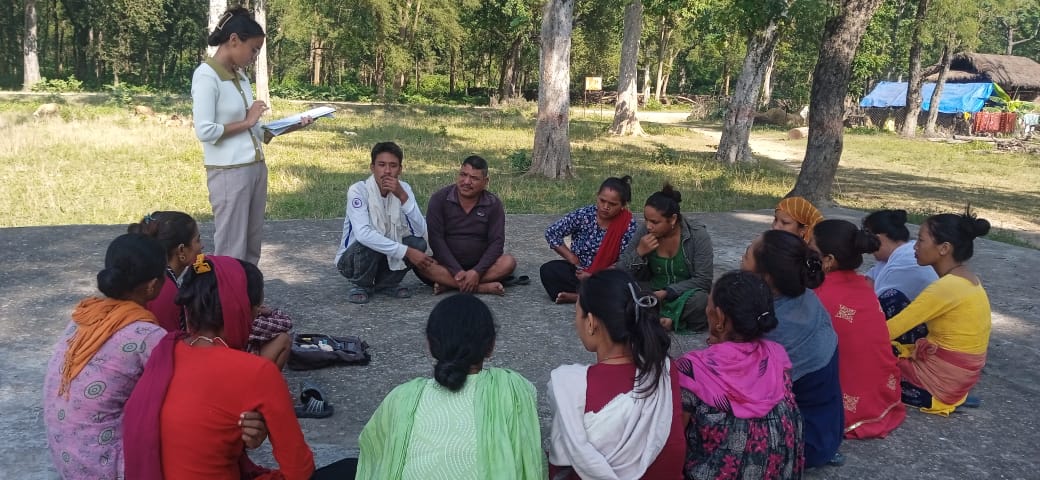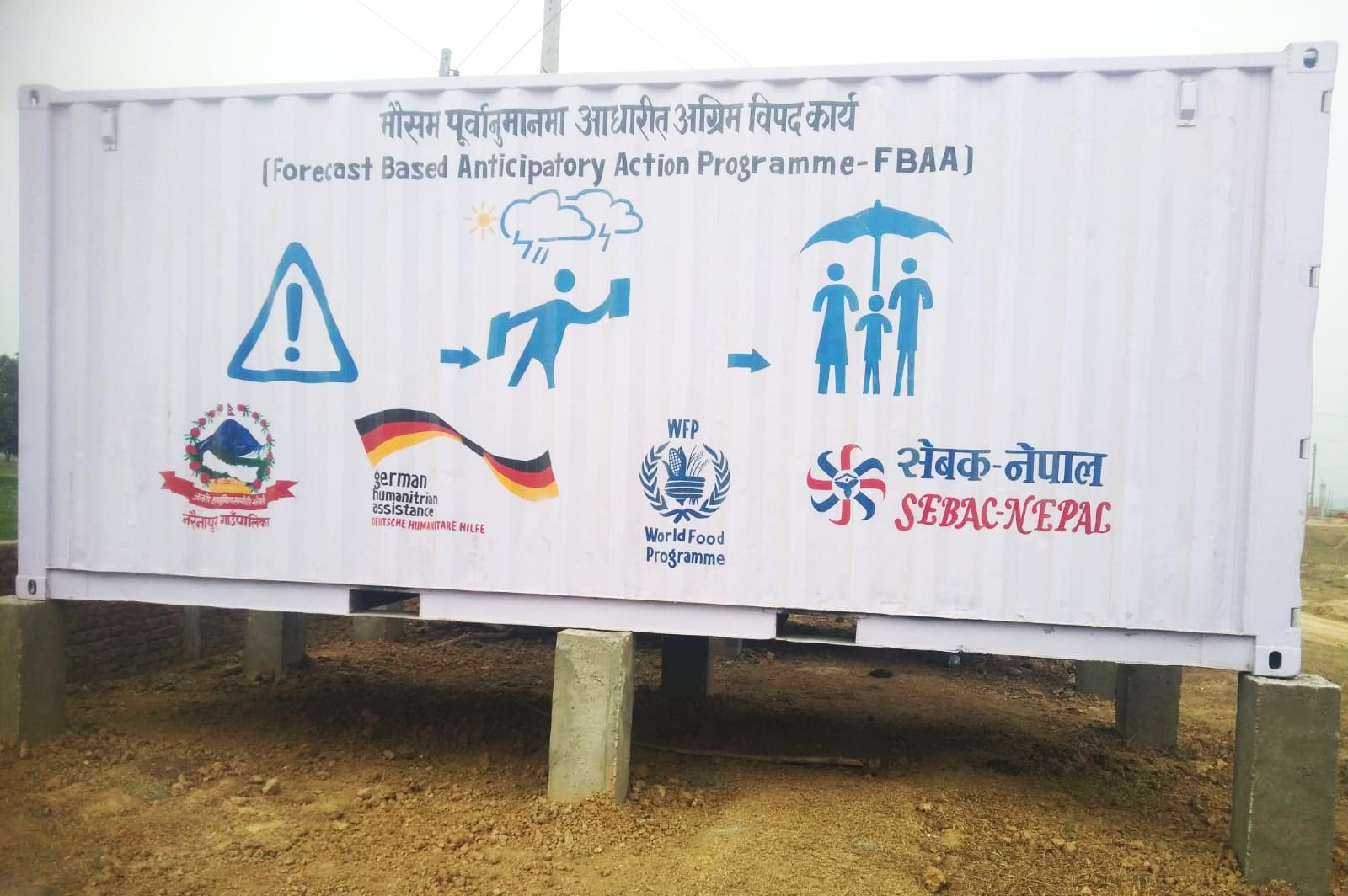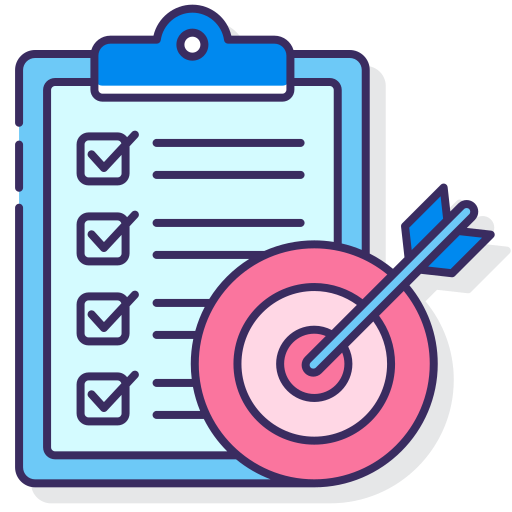Disaster Risk Reduction and Management (DRRM), Natural Resource Management (NRM), and Climate Change
Overview:
Under this thematic areas, SEBAC-Nepal contributes to SDG 1.5 (Zero hunger) and SDG 11.5 (Sustainable Cities and Communities) target which focus on building resilience of vulnerable populations in vulnerable situations and reducing number of deaths caused by disasters.
Initiatives on clean energy awareness and improved cookstoves contribute to SDG 7 (Affordable and Clean Energy) Targets 7.1 and 7.2, ensuring access to sustainable energy solutions. In addition to this, efforts of SEBAC-Nepal in biodiversity conservation, agroforestry, and sustainable land management align with SDG 15 (Life on Land) Targets 15.1 and 15.3, promoting ecosystem preservation and combating land degradation. Additionally, climate-resilient practices, rehabilitation of community ponds, and coping with climate variability directly support SDG 13 (Climate Action) Target 13.1, enhancing resilience against climate change.
SEBAC-Nepal has actively engaged in DRRM, Natural Resource Management (NRM), and Climate Change Adaptation (CCA) as well as Mitigation, by implementing humanitarian response and recovery initiatives to rehabilitate disaster affected communities. Recognizing the importance of disaster preparedness, SEBAC-Nepal conducts various awareness and training programs in disaster prone-areas to minimize risks and enhance the response capacities. For Natural Resource Management (NRM) section, SEBAC-Nepal prioritizes biodiversity conservation, sustainable agroforestry practices and land use management, contributing environmental sustainability. Additionally, for CCA, SEBAC-Nepal promotes clean and sustainable energy solutions by raising awareness, as well as construction of climate resilient infrastructures.
Through implementing distinctive 13 projects under this theme, SEBAC-Nepal has contributed in addressing disaster risk, challenges, enhancing climate change adaptation and promoting sustainable development.
Area of Expertise:
Disaster Risk Reduction and Management (DRRM), Emergency Response, Recovery, Reconstruction & Rehabilitation
 ✅ Awareness initiatives to prevent from anticipated disaster in the disaster-prone communities;
✅ Awareness initiatives to prevent from anticipated disaster in the disaster-prone communities;
✅Development/Endorsement of disaster preparedness and contingency plans
✅Drills, simulation and trainings for awareness raising for disaster preparedness and response
✅Forecast based anticipatory actions interventions
✅Disaster Resilience feasibility study, design and construction of disaster resilient infrastructures and construction of emergency structures during disasters
✅Cash and food assistance during disasters and emergencies
✅Evidence generation on disaster preparedness and capacity of governments and agencies
✅Capacity building for bio-engineering approaches in early warning system, Search and Rescue and First Aid preparedness, early actions
✅Mobilization of drought-hot and food-insure groups into self-help groups
✅Construction, Reconstruction and Rehabilitation of WASH or other infrastructures;
Natural Resource and Biodiversity Management and Climate Change
✅Policy dialogue on Climate Change Adaptation
✅Promotion of biodiversity conservation;
✅Promotion of community forestry through nursery development and distribution
✅Development of agroforestry practices and sustainable land use management;
✅Watershed management through soil conversation activities
✅Establishment/promotion of bio-gas plant with ICS and lighting
✅Generating awareness about clean and sustainable energy;
✅Introduction to and use of improved cook stoves in rural households;
✅Environment plans and climate resilient water safety plans and adoption of climate-smart practices and technologies through natural and local resources
✅Promotion of climate smart farming, organic crops with vermin-composting manure among HHs/bio-engineering interventions
✅Rehabilitation of community ponds and coping with climate variability;
✅Implementation of climate-resilient practices and technologies
Key Interventions and Achievements of SEBAC-Nepal
A. Disaster Risk Reduction and Management (DRRM)
✅Developed and endorsed 8 disaster preparedness and contingency plans
✅Developed local curriculum and reading materials on DRR for school children in schools of 8 palikas
✅Demonstration of drill events in schools including 595 students
✅Organized capacity development training to local level DRR stakeholders and local government Installed emergency containers (for storing lifesaving safety materials) and Disaster information boards across 3 flood prone districts.
✅Educated 1354 local communities about essential skills such as Search & Rescue and First Aid, while utilizing community owned warehouses
✅Built 785 temporary latrines during disaster
✅Capacity building on the bio-engineering approach in landslide treatment and mitigation and Early Warning System, preparedness and early actions and supported in revising disaster management plan
✅Disaster resilient feasibility study, design and construction of community infrastructures
✅ Identification of disaster affected food insecure households and supported them with disaster risk management
✅ Mobilized drought- hit and food-insecure groups into self-help groups

B. Emergency Food and Cash Assistance
✅Distributed 7410.626 Metric Tons of food benefitting to a total of 65,802 households
✅Distributed cash NPR 284,096,000 to 17,750 Households through banking, cash voucher and digital cash transfer modality
✅Facilitated for the cash distribution of NPR 102,435,000 to a total of 6,829 flood impacted Households (NPR 15K per HHs) through voucher and bank transfer
C. Recovery, Reconstruction, & Rehabilitation
✅Implemented Food & Cash for Work Initiatives for Resilience Building & Early Recovery
✅Water systems: 200 numbers
✅Road construction: 374 km
✅Foot trails: 1,068 KM
✅School and community buildings: 15
✅Irrigation Canals: 7
D. Natural Resource and Biodiversity Management and Climate Change
✅Community irrigation facilities provided to 9,500 hectares land in mid hills, mountain and terai communities for crops and vegetables production.
✅Establishment and management of agro-forestry garden (trees and vegetables) among 404 HHs
✅Established 255 agro-forestry groups and promoted sustainable land use management
✅165 Community fish ponds constructed, rehabilitated and managed, promoted community led aqua-culture, and community agro-farm forestry
✅Benefited 187,975 HHs through crops diversification
✅Indigenous crops production and promotion to 36,000 HHs of 12 districts
✅Promotion of 26 community forestry through nursery development and distribution
✅River training works at 102 places by 6,984 HHs through gabions and planting bamboos and other species
✅Watershed management through soil conservation activities at 15 places
✅Establishment of groups, awareness and promotion of river bank farming among 9,544 HHs at 47 places
✅Promoted sustainable alternative clean energy through solar tuki distribution to 6,150 HHs
✅Installed and promoted Bio gas plant among 8,200 HHs along with improved cooking stoves and lighting
✅Supported 146,000 HHs for production of seasonal and off-seasonal vegetables inclusive of seeds support
✅Plantation of 246,000 trees of various species involving 8,200 HHs in the river banks and landslide areas.
✅Developed 222 environment plans and climate resilient water safety plans and Adopted climate-smart practices and technologies in managing natural and local resources for development.
✅12 events of Policy dialogues on climate change adaptation,
✅Promoted organic crops with vermin-composting manure among 730 HHs
✅Bio-engineering interventions in landslide treatment and mitigation
Key Projects in Disaster Risk Reduction and Management (DRRM), Natural Resource Management (NRM), and Climate Change (Total 13 Projects)
|
S.N. |
Project Name |
Donor |
Project Duration |
Project districts |
|
1 |
Forecast Based Anticipatory Action (FbAA) Project 2024 |
World Food Programme (WFP) |
19 April to 30 November 2024 |
Banke, Bardiya, Kailali, Sunsari, Saptari |
|
2 |
Forecast Based Anticipatory Action (FbAA) Project 2023 |
World Food Programme (WFP) |
September to December 2023 |
Banke, Bardiya, Kailali |
|
3 |
Blanket Supplementary Feeding Programme (BSFP) |
World Food Programme (WFP) |
September to November 2021 |
Kailali, Kanchanpur |
|
4 |
Safaa Paani/ WASH Recovery Project (WRA) |
USAID |
December 2015 to February 2020 |
Sindhupalchowk, Dolakha |
|
6 |
Food and Cash for Work and Training Activities Under Phase III |
World Food Programme (WFP) |
September 2015 to March 2016 |
Sindhupalchowk |
|
6 |
RETs training organization support to rural/municipalities |
German Development Cooperation (GIZ) |
November 2020 to December 2021 |
Achham |
|
7 |
RET orientation workshop to LGs in Sudhurpaschim Province |
German Development Cooperation (GIZ) |
October to November 2019 |
Achham |
|
8 |
Hygiene Promotion Program |
Plan International Nepal |
May to August 2015 |
Dolakha |
|
9 |
Assistance to Self-Help Shelter and Sanitation Solutions |
Plan International Nepal |
October to December 2015 |
Dolakha |
|
10 |
National Adaptation Program of Action to Climate Change for Regional Climate Training for Media |
NAPA to Climate Change |
May-10 |
Kailali |
|
11 |
Introduction of Improved Cooking Stoves (ICS): Achham |
Care-Nepal, Nepalgunj |
July 2001 to February 2002 |
Achham |

